Which among the following compounds wil be most reactive for reaction ?
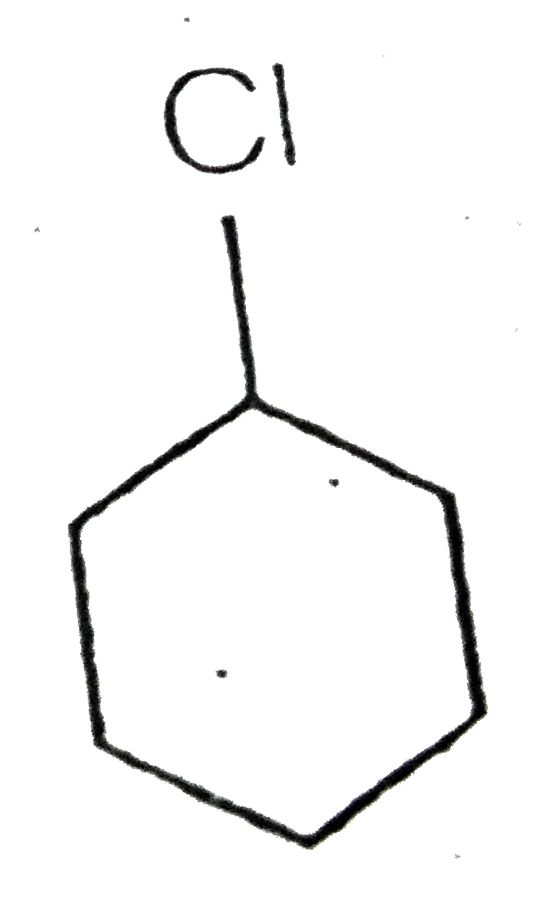
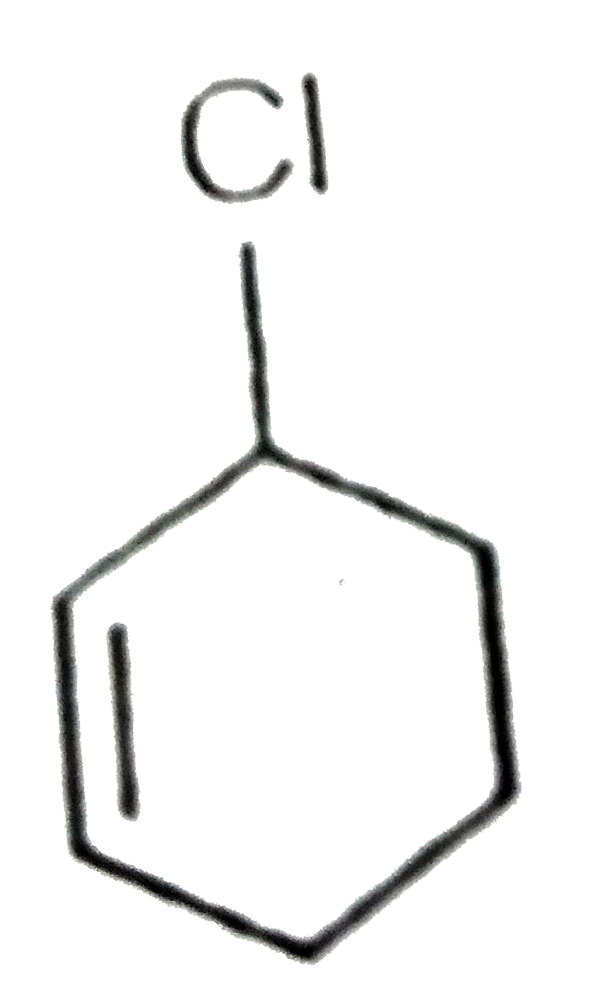

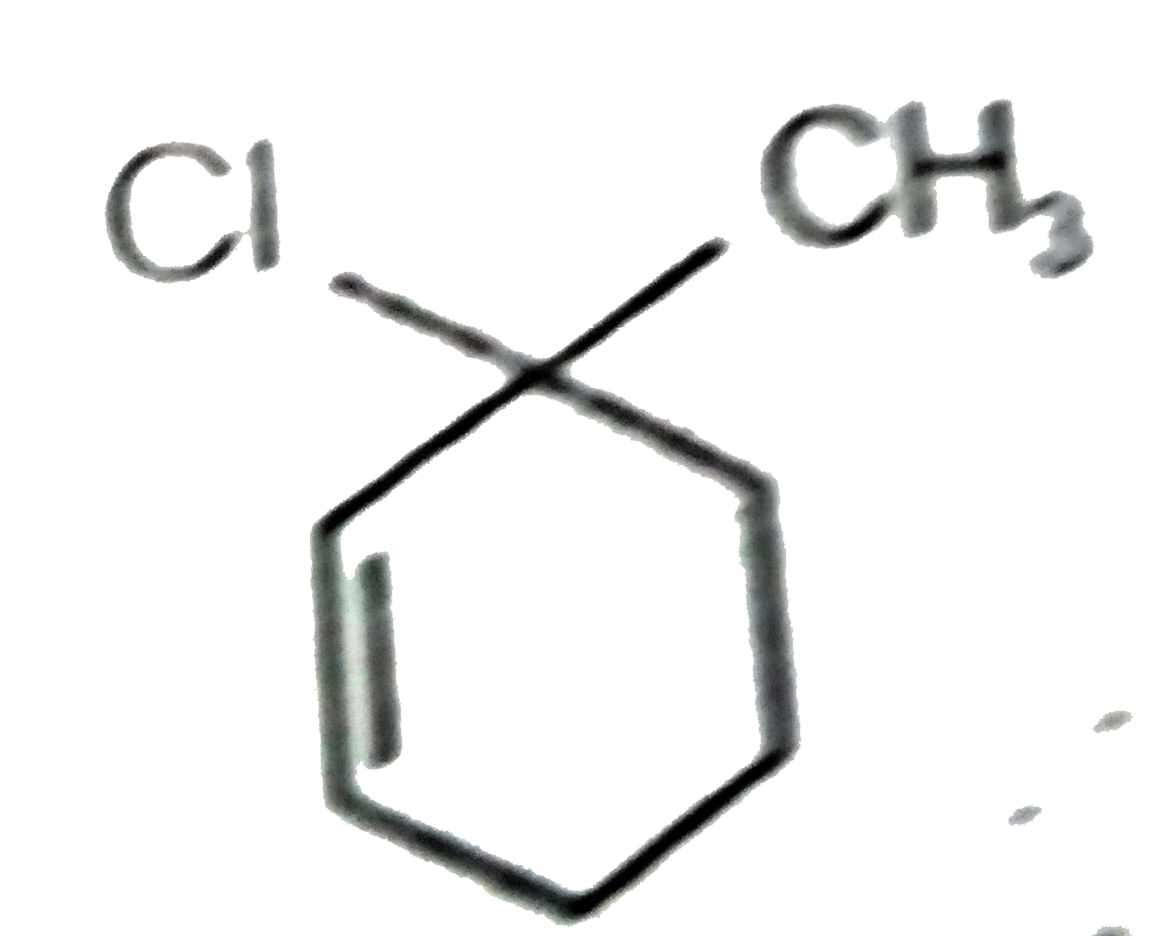
The correct Answer is:4
To determine which compound is most reactive for an SN1 reaction, we need to analyze the stability of the carbocations formed during the reaction. The stability of the carbocation is crucial because the rate of the SN1 reaction depends on the formation of this intermediate.
1. Identify the Compounds: The question provides four compounds. We need to analyze each compound to see which one will form the most stable carbocation upon the departure of the leaving group (halogen).
2. Understand SN1 Mechanism: In an SN1 reaction, the reaction proceeds in two steps:
- The leaving group (halogen) departs, forming a carbocation.
- The nucleophile attacks the carbocation, leading to the formation of the product.
3. Carbocation Stability: The stability of carbocations is determined by the degree of substitution:
- Tertiary (3°) carbocations are the most stable.
- Secondary (2°) carbocations are less stable than tertiary but more stable than primary (1°).
- Primary (1°) carbocations are less stable than secondary.
- Methyl (0°) carbocations are the least stable.
- Resonance can further stabilize carbocations (e.g., allylic and benzylic carbocations).
4. Analyze Each Compound:
- Compound 1: Cyclohexyl chloride → Forms a secondary carbocation (2°).
- Compound 2: Allylic cyclohexyl chloride → Forms an allylic carbocation, which is stabilized by resonance.
- Compound 3: Chlorinated cyclohexane with a methyl group → Forms a tertiary carbocation (3°).
- Compound 4: Allylic cyclohexyl chloride with additional chlorine → Forms a tertiary allylic carbocation, which is also stabilized by resonance.
5. Determine the Most Reactive Compound:
- The most stable carbocation will lead to the most reactive compound in an SN1 reaction.
- Comparing the stability:
- Compound 4 has a tertiary allylic carbocation, which is very stable due to both the tertiary nature and resonance.
- Compound 3 has a tertiary carbocation but lacks resonance stabilization.
- Compound 2 has an allylic carbocation, which is stable but less so than the tertiary ones.
- Compound 1 has the least stable secondary carbocation.
6. Conclusion: The compound that will be most reactive for an SN1 reaction is Compound 4, which forms a tertiary allylic carbocation.
Final Answer:
The most reactive compound for an SN1 reaction is Compound 4.
- The leaving group (halogen) departs, forming a carbocation.
- The nucleophile attacks the carbocation, leading to the formation of the product.
- Tertiary (3°) carbocations are the most stable.
- Secondary (2°) carbocations are less stable than tertiary but more stable than primary (1°).
- Primary (1°) carbocations are less stable than secondary.
- Methyl (0°) carbocations are the least stable.
- Resonance can further stabilize carbocations (e.g., allylic and benzylic carbocations).
- Compound 1: Cyclohexyl chloride → Forms a secondary carbocation (2°).
- Compound 2: Allylic cyclohexyl chloride → Forms an allylic carbocation, which is stabilized by resonance.
- Compound 3: Chlorinated cyclohexane with a methyl group → Forms a tertiary carbocation (3°).
- Compound 4: Allylic cyclohexyl chloride with additional chlorine → Forms a tertiary allylic carbocation, which is also stabilized by resonance.
- The most stable carbocation will lead to the most reactive compound in an SN1 reaction.
- Comparing the stability:
- Compound 4 has a tertiary allylic carbocation, which is very stable due to both the tertiary nature and resonance.
- Compound 3 has a tertiary carbocation but lacks resonance stabilization.
- Compound 2 has an allylic carbocation, which is stable but less so than the tertiary ones.
- Compound 1 has the least stable secondary carbocation.
The most reactive compound for an SN1 reaction is Compound 4.
Topper's Solved these Questions
- HALOALKANES AND HALOARENES BOOK - AAKASH INSTITUTE ENGLISHCHAPTER - HALOALKANES AND HALOARENES EXERCISE - Assignment (Section - C ) ( Objective Type Question(More than one options are correct ))
17 Videos
- HALOALKANES AND HALOARENES BOOK - AAKASH INSTITUTE ENGLISHCHAPTER - HALOALKANES AND HALOARENES EXERCISE - Assignment (Section - D) (Linked Comprehension Type Question )
8 Videos
- HALOALKANES AND HALOARENES BOOK - AAKASH INSTITUTE ENGLISHCHAPTER - HALOALKANES AND HALOARENES EXERCISE - Assignment (Section - A ) ( Competition Level Question )
50 Videos
- GENERAL PRINCIPLES AND PROCESSES OF ISOLATION OF ELEMENTSBOOK - AAKASH INSTITUTE ENGLISHCHAPTER - GENERAL PRINCIPLES AND PROCESSES OF ISOLATION OF ELEMENTSEXERCISE - Try Yourself
33 Videos
- HYDROCARBONSBOOK - AAKASH INSTITUTE ENGLISHCHAPTER - HYDROCARBONSEXERCISE - Assignment(Section - C) (Previous Years Questions)
60 Videos
Similar Questions
Knowledge Check
Which one of the following compounds is most reactive for ArSN2 reaction ?
A B
B C
C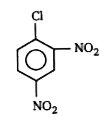 D
D
Which of the following compounds will give SN1 reaction?
AH3C−CH2−BrB CH3C−⋅⋅O⋅⋅−CH2−ClD
CH3C−⋅⋅O⋅⋅−CH2−ClD
Which of the following compounds would be most reactive for Perkin condensation with acetic anhydride?
A B
B C
C D
D
Which one is most reactive towards SN1 reaction?
View SolutionWhich of the following halides will be most reactive in SN2 reaction and SN1 reaction respectively?
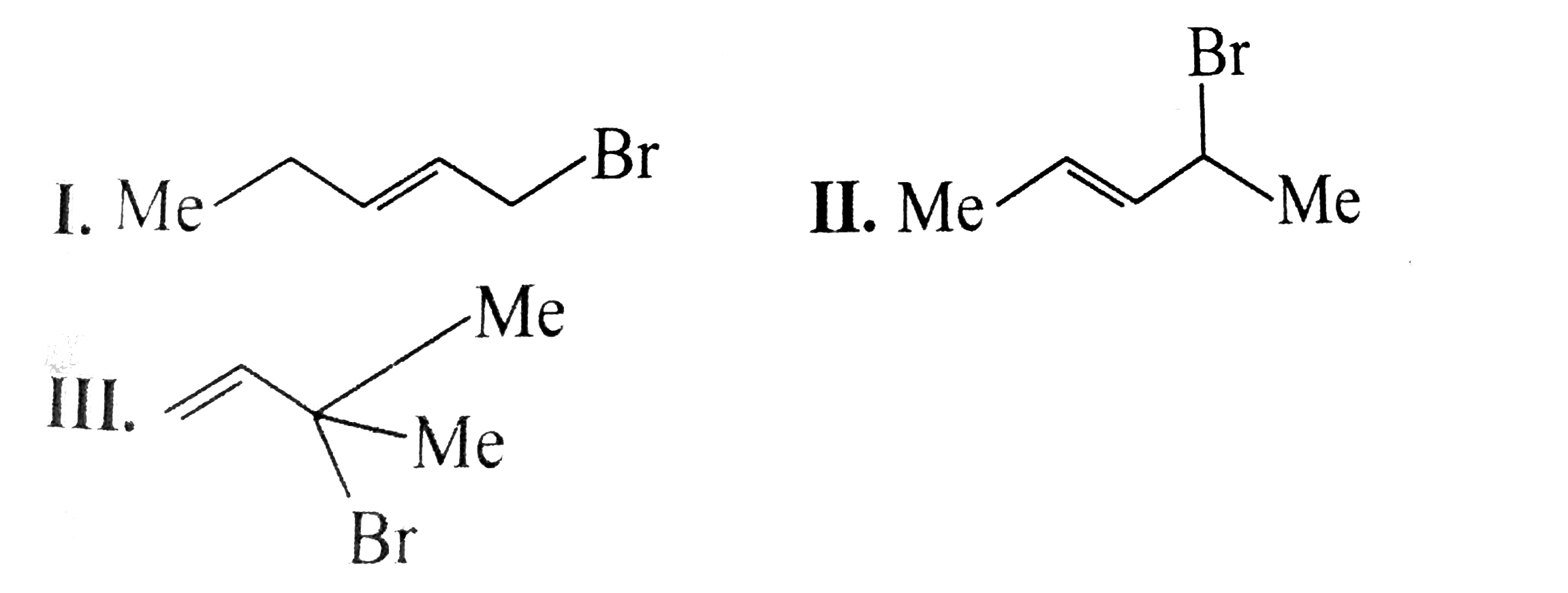
View SolutionWhich one is most reactive towards SN1 reactions ?
View SolutionWhich among the following is the most reactive?
View SolutionWhich of the following compounds will not give SN2 reaction?
View Solution
